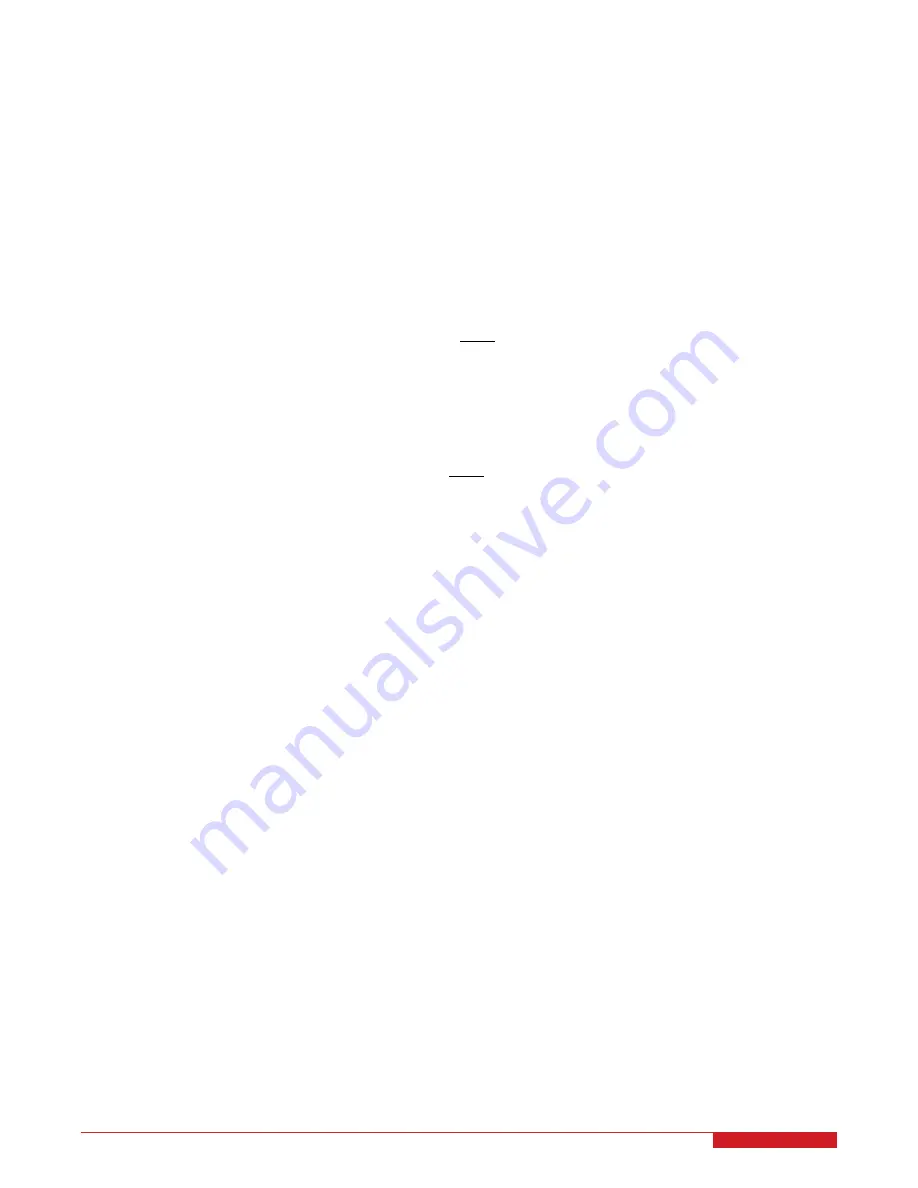
5
QBall 2 Model
This section describes the dynamic model of the QBall 2. The nonlinear models are described as well as linearized
models for use in controller development. For the following discussion, the axes of the QBall 2 vehicle are denoted
(x, y, z) and are defined with respect to the vehicle as shown in Figure 4.1. Roll, pitch, and yaw are defined as the
angles of rotation about the x, y, and z axis, respectively. The global workspace axes are denoted (X, Y, Z) and are
defined with the same orientation as the QBall 2 sitting upright on the ground.
5.1 Actuator Dynamics
The thrust generated by each propeller is modeled using the following first-order system
F
=
K
ω
s
+
ω
u
(5.1)
where
u
is the PWM input to the actuator,
ω
is the actuator bandwidth and
K
is a positive gain. These parameters
were calculated and verified through experimental studies and are stated in Table 5.1. A state variable,
v
, will be
used to represent the actuator dynamics, which is defined as follows,
ν
=
ω
s
+
ω
u.
(5.2)
5.2 Roll/Pitch Model
Assuming that rotations about the x and y axes are decoupled, the motion in roll/pitch axis can be modeled as shown
in Figure 5.1. As illustrated in this figure, two propellers contribute to the motion in each axis. The rotation around
the center of gravity is produced by the difference in the generated thrust forces. From Equation 5.2, let
u
= ˜
u
,
where
˜
u
is the control input for the pitch or roll dynamics that causes an increase or decrease in thrust force in the
two pitch/roll motors shown in Figure 5.1 and such that the changes in force of each motor are opposite in direction
so that the net result is a torque. E.g., the control signal is applied to increase the force in motor 1 and decrease
the force in motor 2. This change in motor forces is what causes the resulting torque and roll or pitch dynamics, so
we can ignore the net thrust force used to hover the QBall 2. The change in thrust generated by each motor can be
calculated from Equation 5.1. The roll/pitch angle,
θ
, can be formulated using the following dynamics
J
¨
θ
= ∆
F L,
(5.3)
where
J
=
J
roll
=
J
pitch
(5.4)
are the rotational inertia of the device in roll and pitch axes and are given in Table 5.1.
L
is the distance between
the propeller and the center of gravity, and
∆
F
= ∆
F
1
−
∆
F
2
(5.5)
represents the net change in the forces generated by the motors. Note that the difference in the forces is generated
by the difference in the inputs to the motors, i.e.
∆
u
= 2˜
u.
(5.6)
By combining the dynamics of motion for the roll/pitch axis and the actuator dynamics for each propeller the following
state space equations can be derived
QBALL 2 - User Manual
12
Содержание QBall 2
Страница 1: ...CAPTIVATE MOTIVATE GRADUATE USER MANUAL QBall 2 for QUARC Set Up and Configuration...
Страница 5: ...Figure 2 2 System diagram QBALL 2 User Manual DRAFT April 6 2015...
Страница 35: ...Figure 6 20 QBall 2 rigid body pivot point moved to the center QBALL 2 User Manual DRAFT April 6 2015...



























